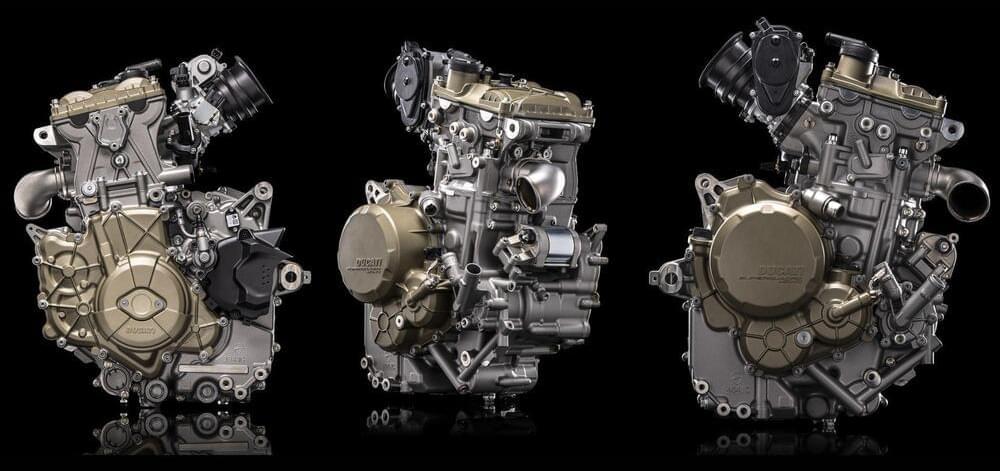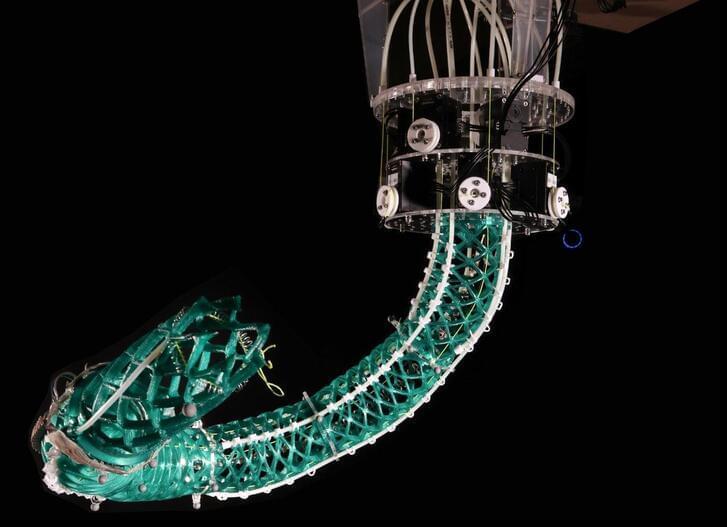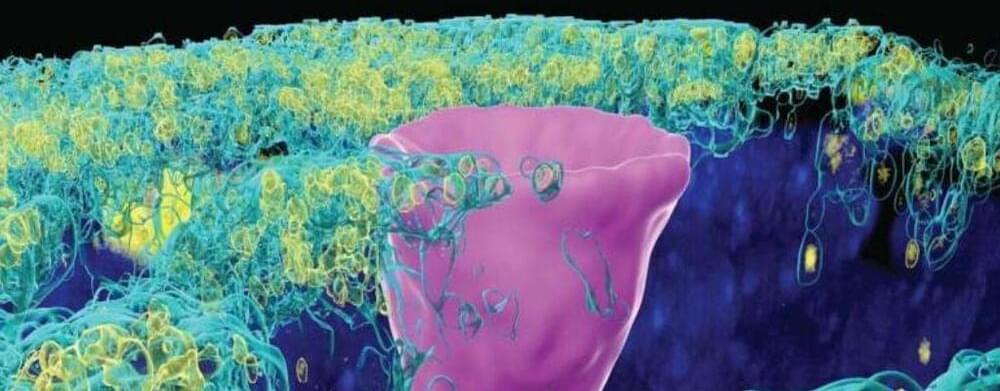With a massive $2 billion reported investment from Google, Anthropic joins OpenAI in reaping the benefits of leadership in the artificial intelligence space, receiving immense sums from the tech giants that couldn’t move fast enough themselves. A byword for the age: Those who can, build; those who can’t, invest.
The funding deal, according to sources familiar cited by The Wall Street Journal, reportedly involves $500 million now and up to $1.5 billion later, though subject to what, if any, timing or conditions is unclear. I’ve asked Anthropic for comment on the matter.
It recalls — though it does not quite match — Microsoft’s enormous investment in OpenAI early this year. But with Amazon committing to as much as $4 billion to Anthropic, the funding gap is probably more theoretical than practical.









